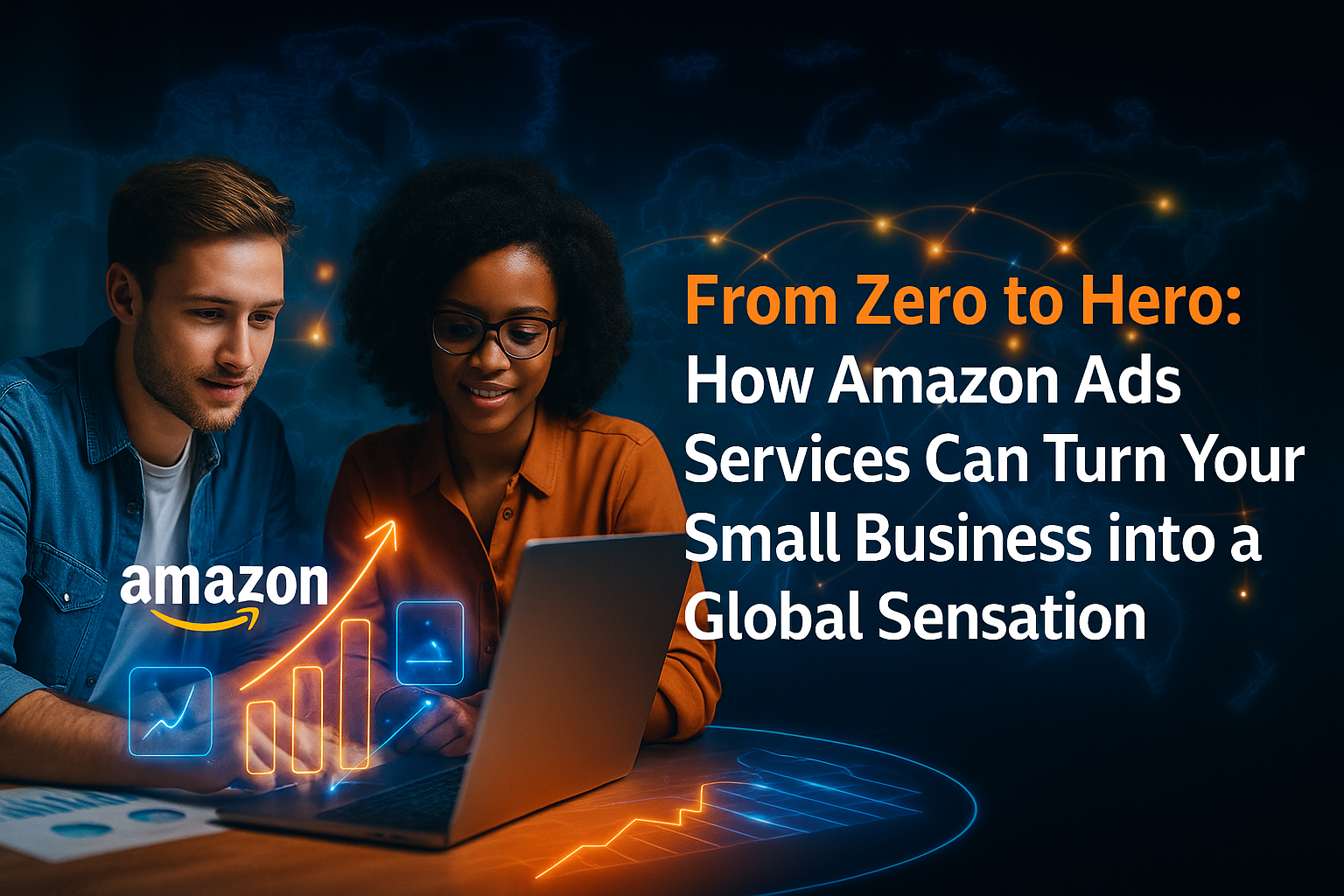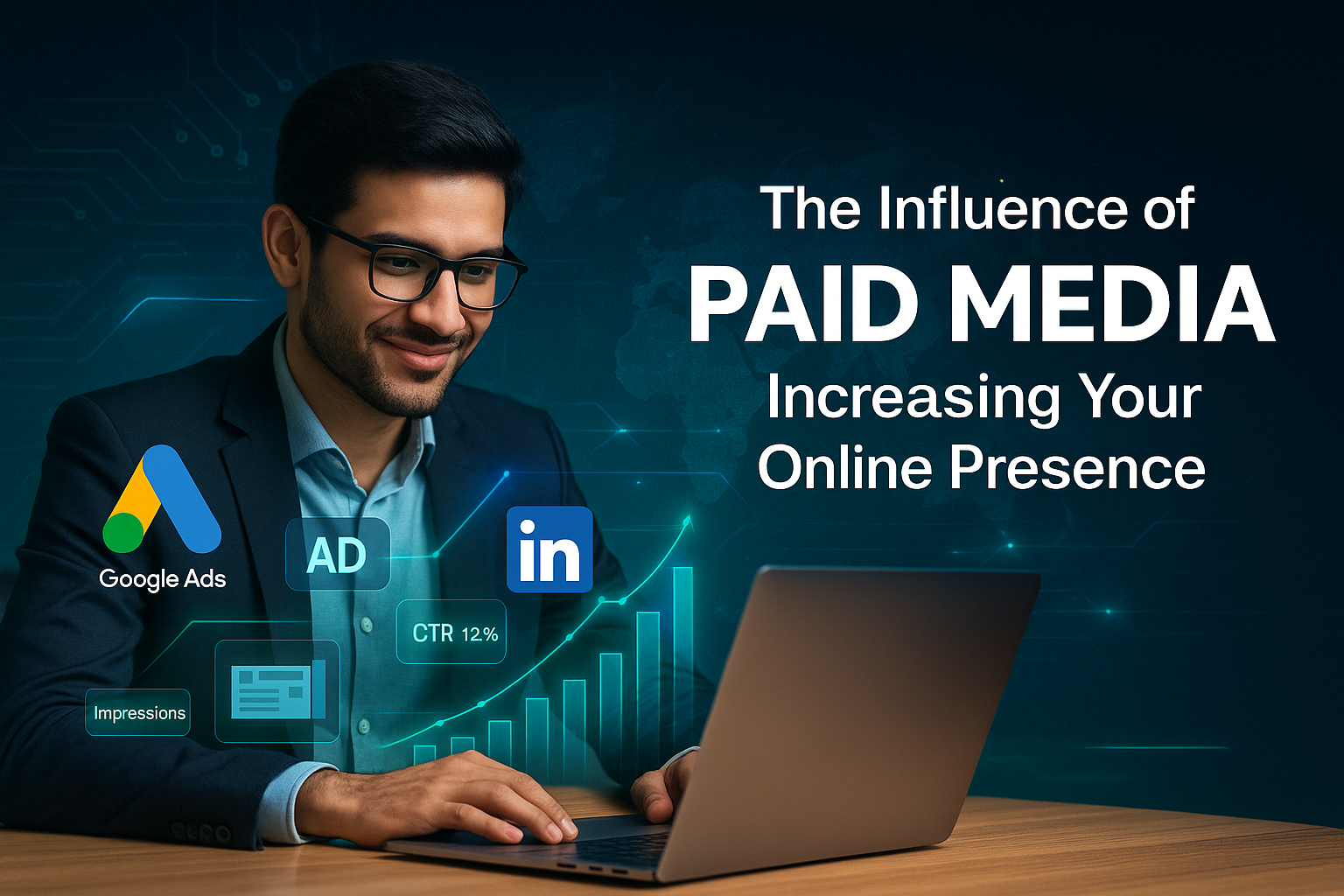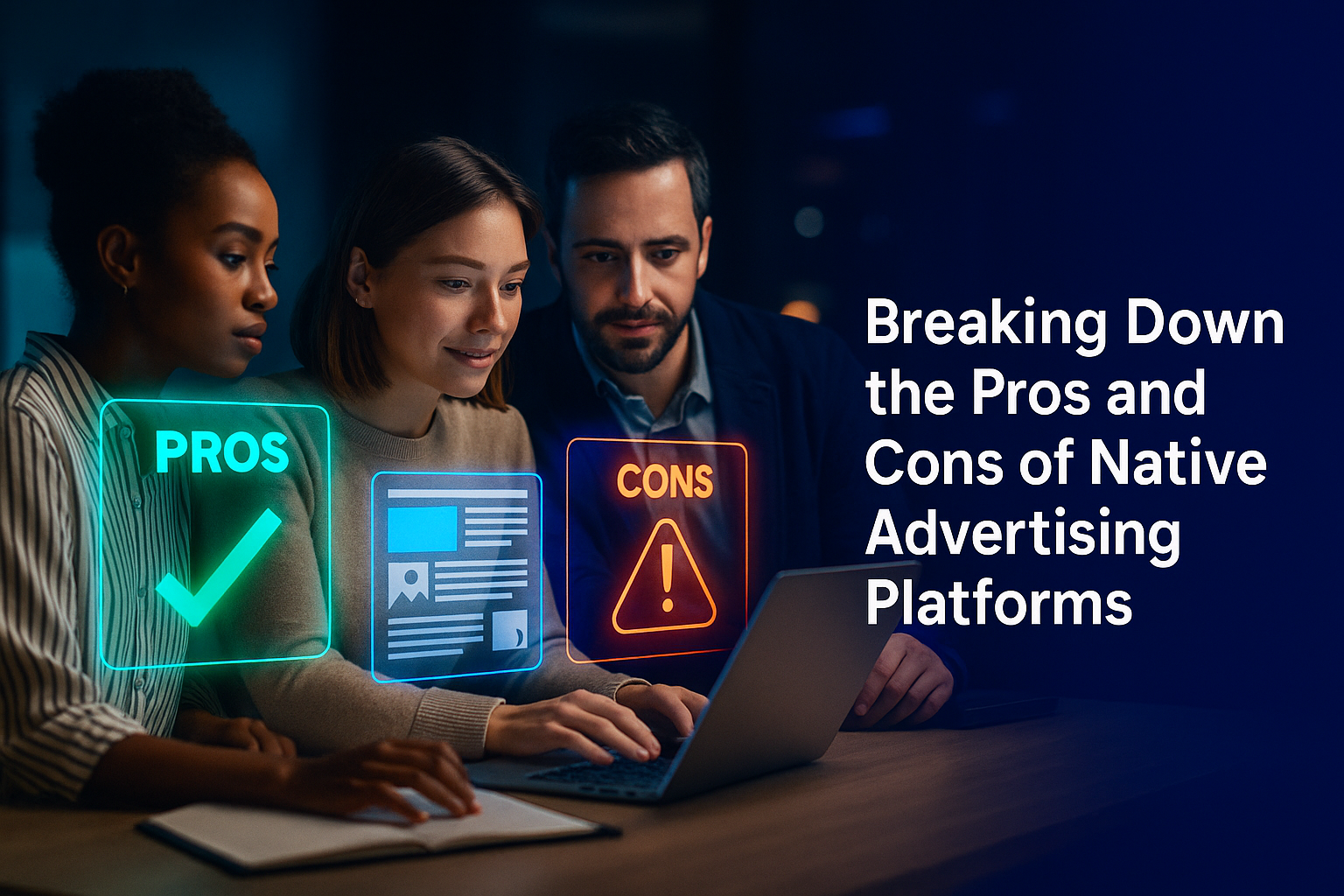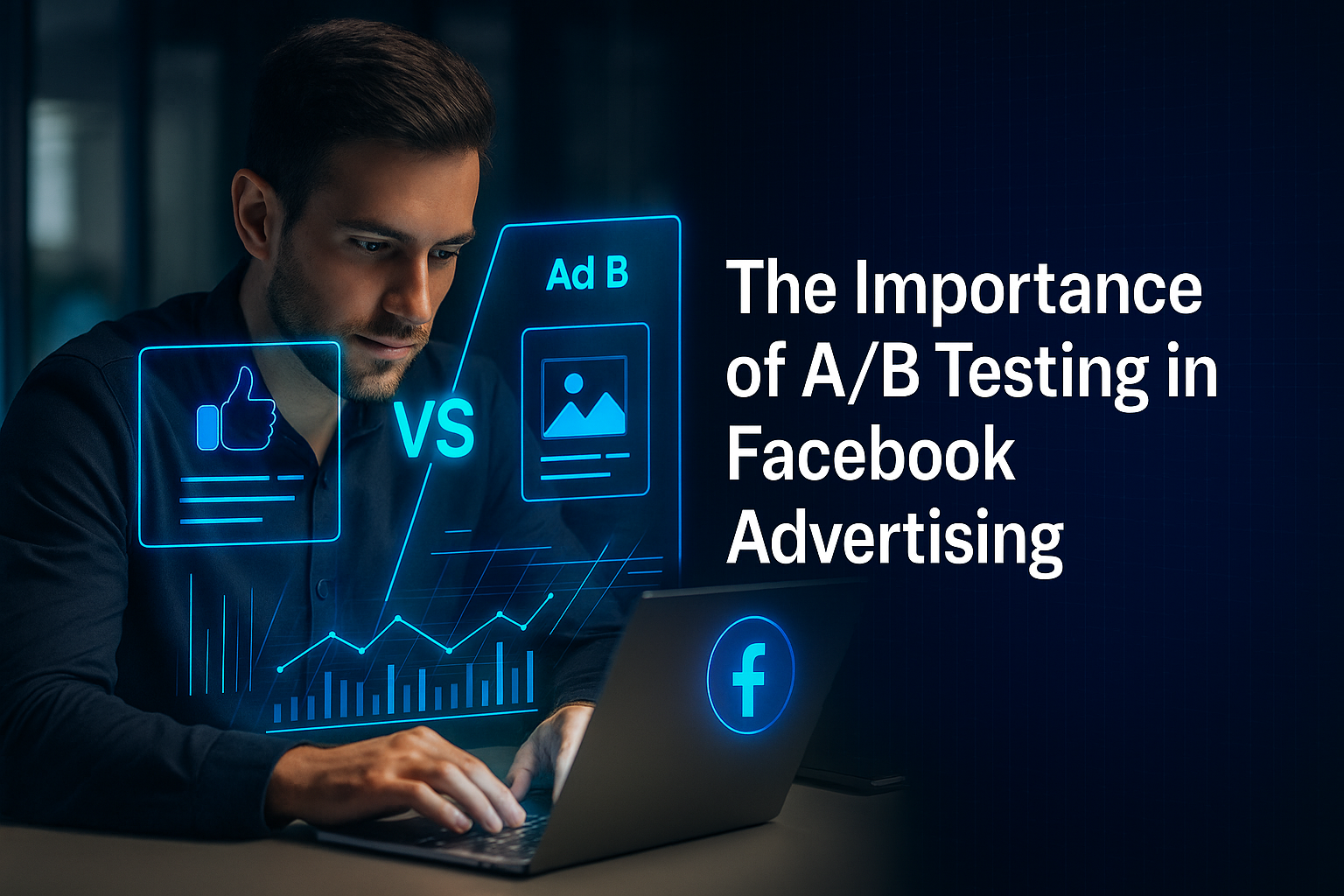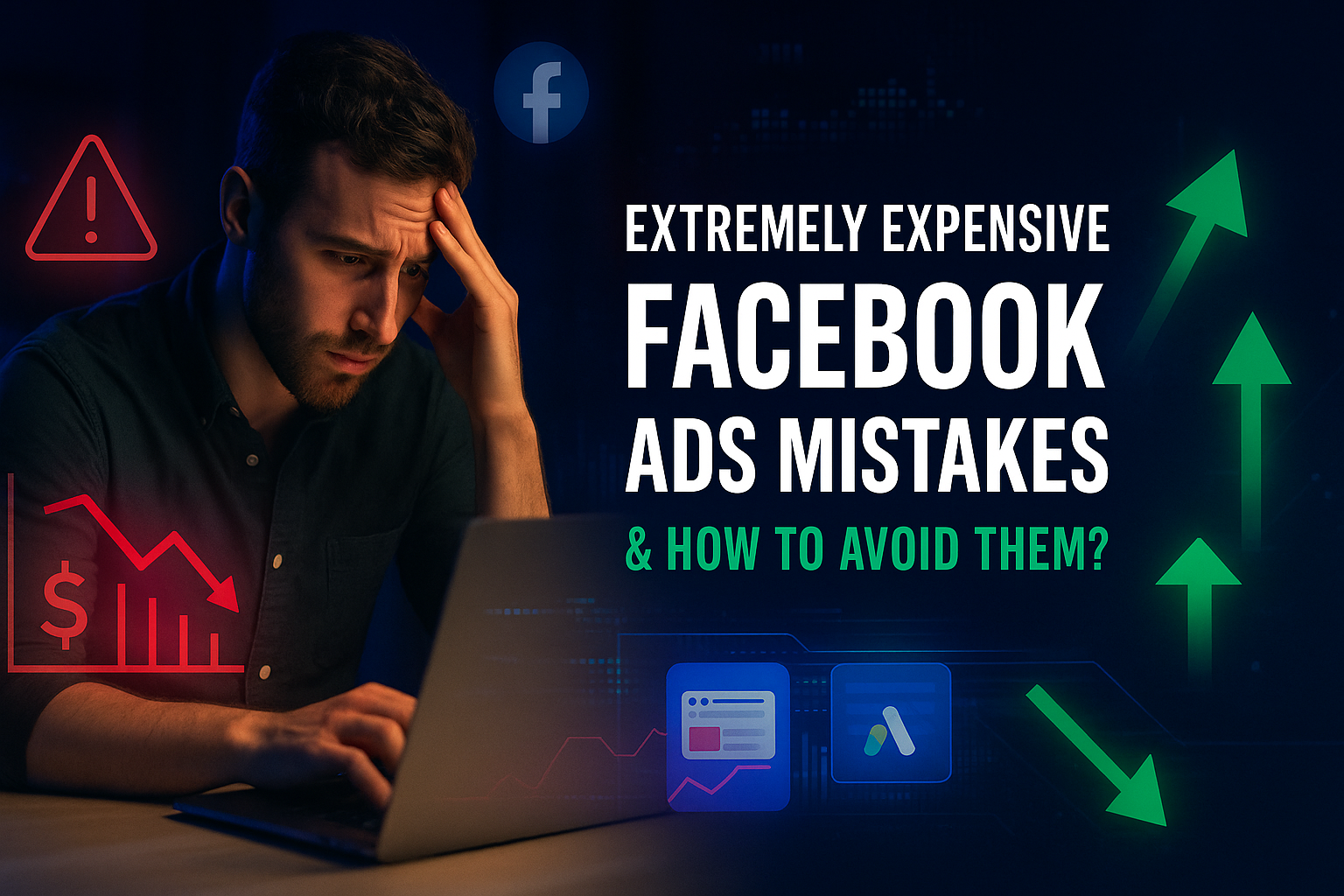Introduction:
In today’s highly competitive e-commerce landscape, small businesses often struggle to gain global recognition. However, with the advent of Amazon Ads Services, these businesses have a powerful tool at their disposal to transcend boundaries and reach a worldwide audience. This comprehensive guide will outline the step-by-step process for small businesses to harness the power of Amazon’s advertising platform, boost sales, and elevate brand visibility to transform from zero to hero.
Understanding Amazon Ads Services:
Amazon Ads Services is a pay-per-click (PPC) platform that allows sellers and vendors to promote their products on Amazon. It offers a variety of ad types, including sponsored products, sponsored brands, and display ads, each designed to suit different advertising objectives. These ads enable small businesses to showcase their products to potential customers as they browse and search for items on Amazon.
Step-by-Step Guide to Success:
A. Research and Targeting:
Researching Your Market: Begin by thoroughly researching your target market. Understand your customers’ preferences, pain points, and buying behavior. Use Amazon’s vast data and analytics tools to gain valuable insights into what products resonate with your potential audience.
Identifying Your Target Audience: Narrow down your target audience to increase the effectiveness of your ads. Define specific demographics, interests, and geographical locations to tailor your advertising efforts accordingly.
Keyword Research: Leverage long-tail keywords relevant to your products to optimize visibility. Use tools like Amazon Keyword Planner and other keyword research tools to identify high-converting search terms.
B. Setting Up Your Campaign:
Choosing the Right Ad Type: Select the most suitable ad type based on your business objectives. Sponsored product ads are ideal for individual product promotions, while sponsored brand ads allow you to showcase your brand and multiple products.
Budgeting and Bidding: Set a daily or lifetime budget for your campaign and determine how much you are willing to spend on each click. Adjust your bids strategically to control costs while maximizing exposure.
Crafting Compelling Ad Content: Craft ad copy that highlights the unique selling points of your products. Use eye-catching visuals that resonate with your target audience. Ensure your ads comply with Amazon’s guidelines to avoid any potential issues.
C. Optimizing Your Ads:
Performance Monitoring: Regularly monitor your ad performance and track key metrics like click-through rates (CTR), conversion rates, and return on ad spend (ROAS). Use Amazon’s advertising dashboard to gain valuable insights into the effectiveness of your ads.
Product Listing Optimization: Optimize your product listings with high-quality images, engaging product descriptions, and competitive pricing. A well-optimized product page can significantly impact ad performance.
Automatic vs. Manual Targeting: Experiment with both automatic and manual targeting for your ads. Amazon’s automatic targeting feature allows the platform to target relevant keywords on your behalf, while manual targeting enables you to choose specific keywords for your ads.
D. Monitoring Performance:
Stay Agile: The e-commerce landscape is dynamic and ever-changing. Stay agile and be ready to adjust your advertising strategy based on market trends, seasonal fluctuations, and competitor actions.
Budget Allocation: Allocate your budget wisely based on the performance of different campaigns. Focus on the ads that generate the highest ROI and adjust your spending accordingly.
E. Scaling Up for Global Reach:
Expanding to International Markets: As your small business gains traction, consider expanding into international markets. Utilize Amazon’s demand-side platform (DSP) to reach audiences in other countries and regions.
Localization: Tailor your ads and product listings to suit the preferences and cultures of different regions. Invest in translation services to ensure your content is accurately presented to international customers.
Case Studies of Successful Small Businesses:
To inspire and motivate readers, let’s explore a couple of real-life case studies of small businesses that achieved substantial growth by leveraging Amazon Ads Services. These case studies will highlight how these businesses identified opportunities, overcame challenges, and ultimately succeeded on Amazon.
FAQs (Frequently Asked Questions):
Q: How much does it cost to advertise on Amazon?
A: The cost of advertising on Amazon varies based on your budget and bidding strategy. You can set a daily or lifetime budget for your campaigns, and your ad spend will depend on the number of clicks your ads receive.
Q: Can small businesses compete with larger brands on Amazon Ads Services?
A: Yes, small businesses can effectively compete with larger brands on Amazon. By conducting thorough research, targeting specific niche markets, and optimizing ad campaigns, small businesses can level the playing field and achieve significant results.
Q: How long does it take to see results from Amazon advertising?
A: The time to see results from Amazon advertising can vary based on factors such as your product’s competitiveness, ad optimization, and market conditions. Some businesses may experience an immediate impact, while others may take several weeks to see significant results.
Q: Is it necessary to use Amazon’s demand-side platform (DSP) for global expansion?
A: While Amazon’s DSP can be a valuable tool for expanding into international markets, it is not the only option. You can also start by manually targeting specific regions and using localized advertising strategies to reach a global audience.
Conclusion:
By leveraging Amazon Ads Services effectively, small businesses can transform their local presence into a global sensation. The step-by-step guide outlined in this post, along with real-life case studies and FAQs, offers valuable insights and practical tips for businesses to thrive on Amazon’s advertising platform. Embrace the power of Amazon Ads Services and turn your small business into a global success story. Take action now and start your journey from zero to hero.

